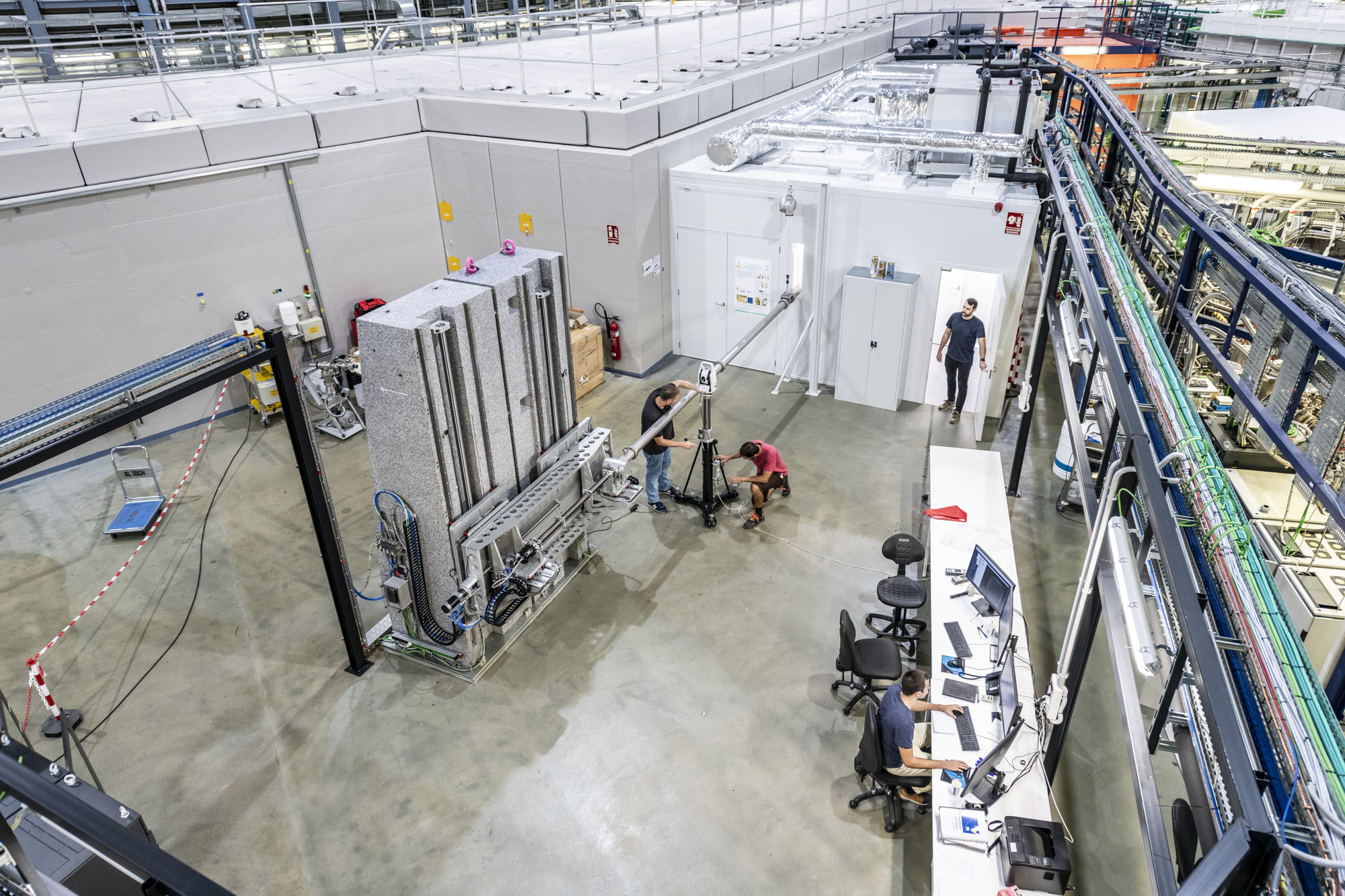ALBA Synchrotron

The ALBA Synchrotron has now 11 operational beamlines, once MINERVA has finished its commissioning. The new beamline, built in collaboration with the European Space Agency (ESA), will be mainly used during the first years of operation to measure optical elements for the Advanced Telescope for High Energy Astrophysics (NewATHENA).
MINERVA is the brand-new beamline of the ALBA Synchrotron, specialised in optics characterization and originally optimized for supporting the development of the ATHENA mission, the Advanced Telescope for High Energy Astrophysics that will reveal new insights about hot and energetic universe. This will be the largest X-ray observatory ever built and it is planned to be launched in 2037 to map hot gas structures, determine their physical properties, and search for supermassive black holes.
In 2020, the ESA and ALBA reached an agreement to build this new beamline, teaming up with the Dutch company ‘cosine measurement systems’ and with the PTB (German National Metrology Institute), which operates the XPBF 2.0 beamline at the BESSY II Synchrotron (Berlin, Germany). MINERVA will be used to characterise the mirror modules integrated in the modular architecture of the telescope, providing a test platform during their assembly and characterization.
The design and construction of the beamline has been accomplished in record time, only three years after the contract signature. At the end of October 2023, MINERVA has successfully passed the acceptance review meeting and has been endorsed by the ESA.
During the last 6 months of commissioning, measurements have been successfully performed to check the performance of the beamline: sample scan speed, sample stability, sample environment, sample chamber vacuum pumping down speed, detector accuracy movement, x-ray beam detection and imaging among others.

Sample vacuum chamber of MINERVA.
The arrival of the first samples of mirror modules prototypes is expected by 2024. By measuring them, ‘cosine’ will optimise these prototypes with the aim of being ready to manufacture the actual mirror modules that will be installed in the telescope.
With the operation of MINERVA, the ALBA Synchrotron strengthen its services and applications in the area of astrophysics and has also a new tool for instruments and optics applications.
MINERVA is co-funded by the ESA, the Spanish Ministry of Science, Innovation and Universities and the Catalan Department of Research and Universities.